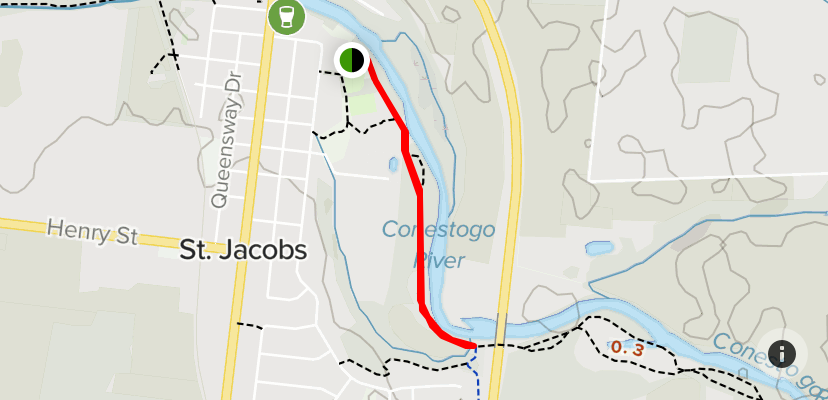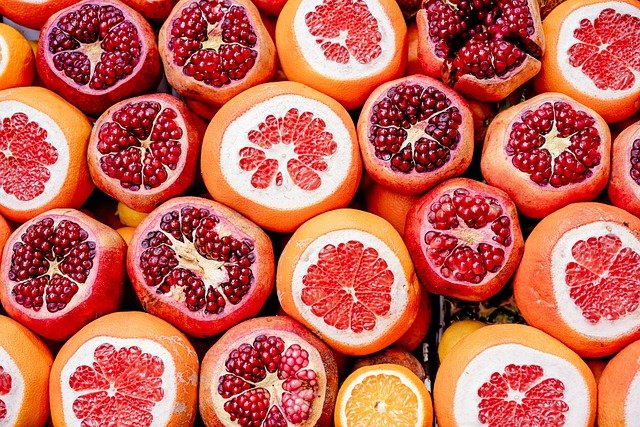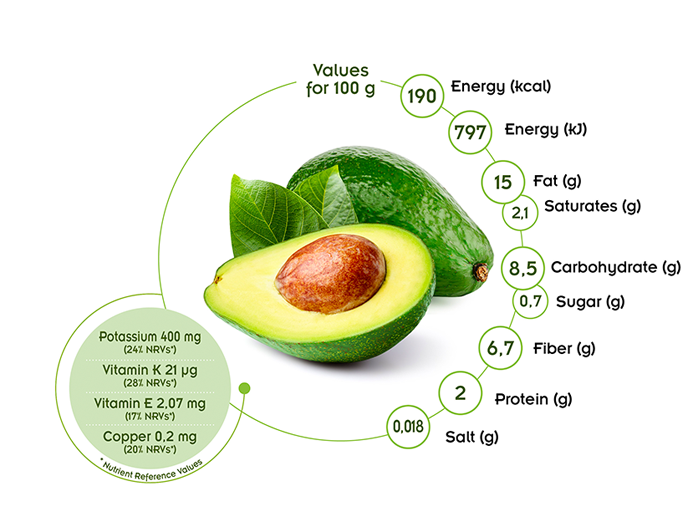
The term "calories" is something you've heard a million times. Even though you might not understand what it means, it's likely you have seen nutritionists and dietitians use it. What is the purpose of calories? They are units of energy and heat that the body uses. Different foods have different amounts and different types calories.
There are calories that have nutritional value. But there are some that are better for your health than others. The good ones are high in protein, healthy fats, complex carbohydrates, and lean proteins. Bad calories, on the other hand, have little nutritional value and can be found in processed foods, refined foods, artificial ingredients and sugar. These foods are not good choices for your body and can lead to a host of health issues, such as acne and headaches. They can also lead to weight gain, hormone imbalances, and premature death.
Luckily, there is a middle ground. People should still consume a wide range of foods, even if they are trying to limit their sugar intake. Contrary to popular belief, balanced eating includes both types of calories. Eating mostly nutritious food can help you lose weight. It's also important that you allow yourself to enjoy less healthy foods. While a 1000 calorie diet is the most effective way to lose weight and achieve your fitness goals, consuming more high-calorie food is better for your health than consuming fewer, healthier ones.
There is no "good" calorie. It's about moderation and genetic susceptibility. All calories can be used to lose weight. In order to lose weight, we also need calories. That's why you should aim to lower your calorie intake. It's better to eat high-calorie foods than low-calorie ones.
Apart from calories, food composition should be considered. What nutrients each calorie contains is what makes the difference between a good calorie and a poor one. A cup of milk contains over 100 calories. A soda contains 100 calories. A cupful of shredded lettuce is less than ten calories. A can of soda has around 200 calories. To lose weight, you need to be able to distinguish between the two types.

Some foods are more caloric than others, so it's important to be careful when eating them. High-calorie foods can actually be valuable sources of nutrients like oily fish. Avocados are another good example of a high-calorie food. Avoid white fish and poultry. Avoiding high-calorie foods should not stop you from losing weight. It is important to remember that a food's calorie count is not the only factor that influences a person's diet.
A calorie is an unit of energy. Four hundred calories are a calorie. It has been determined that a food can have as many as three hundred calories. This means the food should have high calories. A diet with 3,000 calories should not be considered low-calorie if you want to lose weight. A calorie-free, low-calorie diet is the best choice if you want to lose weight.
A calorie is the energy required to raise a gram of water by one degree Celsius. But it doesn't matter if you're counting calories in grams or kilocalories. For you to be healthy and lose weight, your daily intake must exceed one thousand calories. This is not an issue if you aren't counting calories. However, you shouldn't count calorie-free food the same as junk food.

Calories can be either small or large. This is a good thing. Your body requires calories to fuel its functions. Remember that your body doesn’t keep calories inside your body, instead it stores them with fat. You can lose weight by eating healthier foods. Remember that your body depends on certain food types to function properly.
FAQ
How Long Does it Take to Become a Chef? What is the average career path?
The average time it takes to become a chef is five years. This time you'll learn the basics of cooking and work as a cook assistant. Once you have completed your training, you may apply for executive, sous, and line chef positions. A chef can earn between $25,000 and $60,000 annually.
Is it possible to be self-taught?
Yes, you can be a self-taught cook! Cooking is one of those things that everyone loves doing, whether they know how to do it or not. Learn how to cook at home. You can start small by making spaghetti sauce for dinner or pancakes for breakfast. The best way to learn how to cook is to try new recipes and experiment. It is possible to make mistakes.
It takes anywhere from several hours to several weeks to learn how to cook, depending on your skill level. It's important to remember that cooking isn't just about following recipes. There are many ways to cook food. If you have an idea, follow it.
Which career path is best for someone who wants a career as a chef or chef? How can I get started in my career as an chef?
If you're interested in becoming a chef, you should consider starting as an apprentice. Apprenticeships give you the opportunity to work for many years without having to pay tuition fees. After your apprenticeship is completed, you can apply to be a sous chef. Sous chefs work with cooks to prepare dishes and supervise them. They also oversee the entire operation of the restaurant.
What are basic cooking skills?
Basic cooking skills include reading recipes, measuring ingredients, cooking safely and cleaning up afterwards. This is the first step to learning how to cook. Cooking can be a great way of saving money, as you don't need to go out to eat all the time.
Statistics
- under 10 Kids have been taught that there is special food just for them, and Fiese says that 10 percent of kids will throw a tantrum if they don't get the food they want. (washingtonpost.com)
- You'll be amazed that over 90% of CIA students receive scholarships and grants to finish their culinary studies. (ischoolconnect.com)
- The median pay for a chef or head cook is $53,380 per year or $25.66/hour, according to the U.S. Bureau of Labor Statistics (BLS). (learnhowtobecome.org)
External Links
How To
How to make a perfect Omelette
Omelets are one of my favorite foods to eat at breakfast. How can you make them perfectly? I've tried many recipes and different methods but none have worked. So I am sharing some tips and tricks today to help you make fluffy, delicious omelets every morning.
Before we start making omelets, let's remember that eggs are temperamental. They must be fresh, preferably from the organic market, and be kept cold until cooking. If you don't keep them cold enough, the whites won't form properly, and the yolks will break down too much and become runny. Your omelets will look strangely colored if this happens. If you plan to cook the eggs right away, it is best to use room temperature eggs.
You might also try separating the egg before adding to the pan. The yolk and white should not be mixed together as this can cause the omelet's curdle.
You might burn the bottom of the egg if you place the egg directly on the stovetop. This could ruin the texture of your omelet. Instead, heat the egg for 10 seconds in the microwave before placing it in the pan. The microwave heat will cook the egg just right without making it too hot.
Next, let’s talk about mixing the egg. You want to mix the eggs thoroughly before you add them. To do this, take the bowl from the mixer and flip it upside-down. Next, shake the bowl vigorously. This will whip the air around the bowl and mix the egg well.
Now comes the fun part - pouring the milk into the mixture. First, pour half of the milk into the beaten eggs and then fold the eggs gently into the remaining milk. Don't worry if there are still streaks of egg visible; these streaks will disappear once you flip the omelet.
After you have folded the eggs, heat the oil in a pan over medium heat. Once the oil has started to sizzle, turn the heat down to low. Once the oil has gotten hot, add 1/4 cup of butter and swirl it around so that the entire pan is coated. Open the lid and sprinkle salt on the pan. An additional pinch of salt will prevent the omelet form sticking to your pan.
Once the omelet forms, cover the pan again. Let the top side set completely. Flip the omelet with a spatula, or flip it upside down. Cook the other half for another minute. Serve the omelet immediately by removing it from the pan.
This recipe works best when you use whole milk.